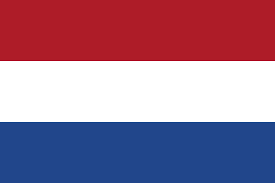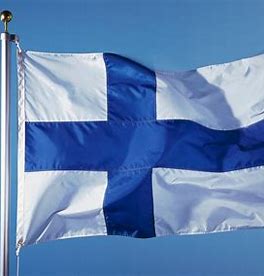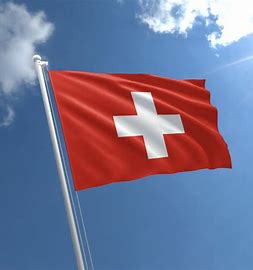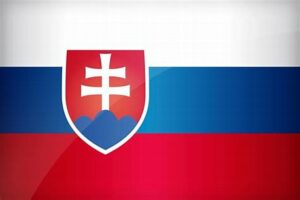Allocation of Income or Loss to a Permanent Establishment
As a permanent establishment (PE) is treated as a separate entity for Pillar Two GloBE purposes the Pillar Two GloBE income of a PE needs to be determined.
However, the Pillar Two GloBE income rules rely on the financial accounts of the entity which may include the profits attributable to a PE (ie for financial accounting purposes, a PE is not always recognized and there may not be separate financial accounts).
Therefore, Article 3.4 of the OECD Model Rules includes provisions to allocate the income between an entity and its PEs.
Where a PE exists under a tax treaty, domestic law or would have existed in a jurisdiction with no corporate income tax if there was a tax treaty in place if there are separate financial accounts for the PE, these apply, and the net income or loss is used.
If there are no financial accounts in place, accounts would need to be prepared based on the accounting standard the UPE used to prepare the consolidated financial accounts. The amount of income and expenses attributed to the PE are based on the provisions of the relevant tax treaty or domestic law.
Note that whilst the tax treatment of the income in the PE jurisdiction has no impact on the allocation to the PE jurisdiction, timing differences may adjust the treatment.
The Pillar Two GloBE rules deem there to be a PE where there is no actual PE, and the income deriving from the activities of the PE is exempt in the residence jurisdiction (ie the residence of the main entity).
In this case, the amount attributable to the PE is the amount of tax-exempt income as well as any expenses not taken into account by the main entity because they are attributable to foreign activities.
Given income or losses are attributable to PEs if they are included in the financial accounts of the main entity they would need to be deducted when calculating Pillar Two GloBE income.
If there is a loss in a PE, this will be treated as an expense of the main entity under Article 3.4.5 of the OECD Model Rules to the extent that the loss of the PE is treated as an expense for domestic tax purposes.
Pillar Two GloBE income that is subsequently earned by the PE is treated as income of the main entity up to the amount treated as an expense by the main entity.
Allocation of Income or Loss For Transparent Entities and Reverse Hybrids
In general, for tax purposes the income of transparent entities (eg tax transparent partnerships, LLPs and LLCs) is taxed on the underlying owners. However, for accounting purposes, these entities would generally have their own financial accounts.
Given the Pillar Two GloBE rules rely on financial accounting information, specific additional rules are provided in Article 3.5 of the OECD Model Rules to correctly allocate the income of transparent entities in a way that reflects most domestic tax treatment.
Firstly, the financial accounting net income or loss of a transparent entity or reverse hybrid is reduced by any amounts due to owners that aren’t members of the MNE group. This is necessary as the Pillar Two GloBE ETR of the group members won’t include income or taxes paid by non-group members.
Secondly, if the transparent entity or reverse hybrid carries our business through a PE, this needs to be deducted from the accounting income of the transparent entity or reverse hybrid, given that PEs are treated as separate constituent entities for Pillar Two GloBE purposes.
Finally, any remaining amount of the financial accounting income or loss is allocated:
– To the owners if the entity is a transparent entity (based on their ownership interest). This can flow up the chain if there are a number of transparent owners.
– To the entity itself if the entity is a reverse hybrid
– To the UPE if the entity is a transparent entity and the UPE of the MNE group.













